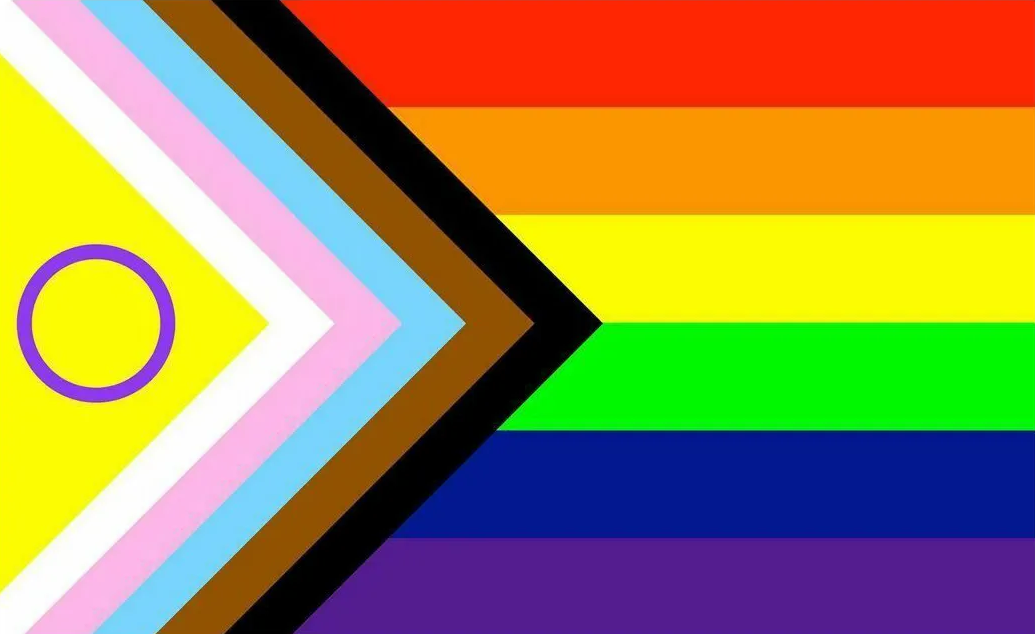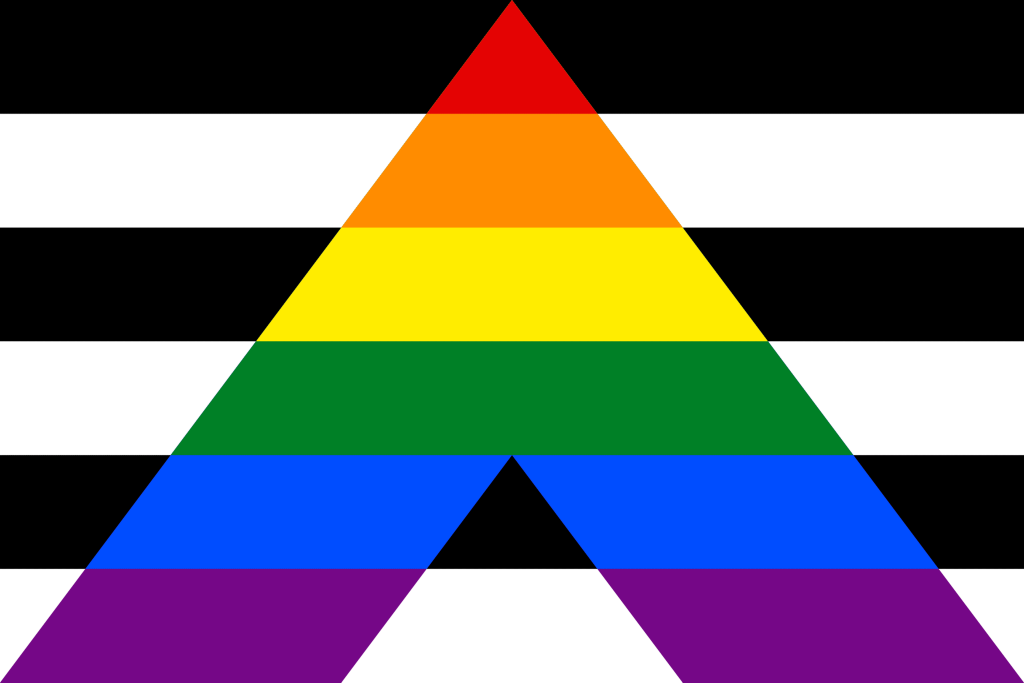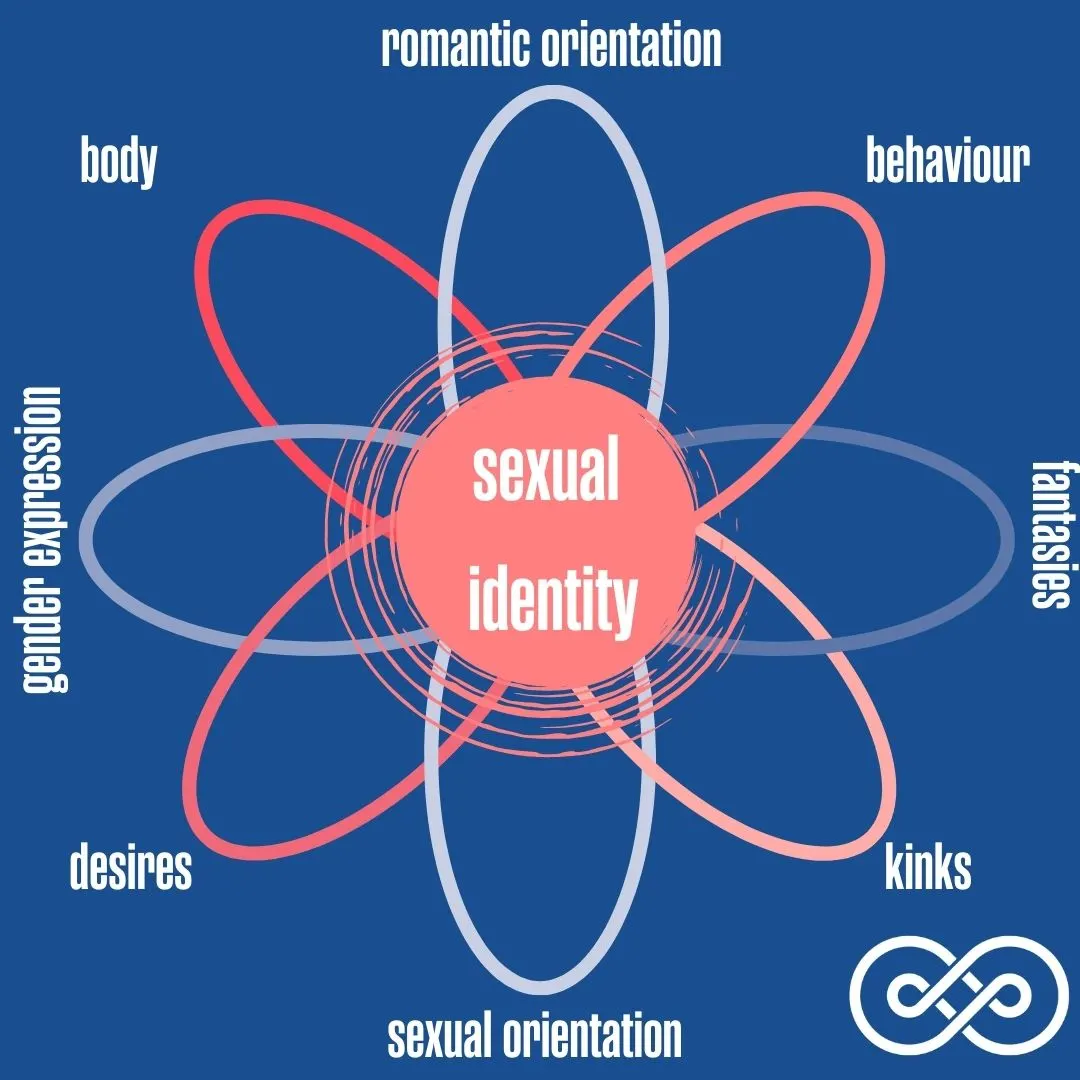|
Sexual identity has been described as a component of an individual's identity that reflects their sexual self-concept. The integration of
the respective identity components (e.g. moral, religious, ethnic, occupational) into a greater overall identity is essential to the process
of developing the multi-dimensional construct of identity.
Sexual identity can change throughout an individual's life, and may or may not align with biological sex, sexual behavior or actual sexual
orientation.[5][6][7] In a 1990 study by the Social Organization of Sexuality, only 16% of women and 36% of men who reported some level
of same-sex attraction had a homosexual or bisexual identity.[8]
Sexual identity is more closely related to sexual behavior than sexual orientation is. The same survey found that 96% of women and
87% of men with a homosexual or bisexual identity had engaged in sexual activity with someone of the same sex, contrasted to 32% of
women and 43% of men who had same-sex attractions. Upon reviewing the results, the organization commented: "Development of self-identification
as homosexual or gay is a psychological and socially complex state, something which, in this society, is achieved only over time, often with
considerable personal struggle and self-doubt, not to mention social discomfort.
This diagram, as complicated as it is, is still too simple.
Sexual Identity is no more simple than human beings are.
|



 SEXUAL IDENTITY
SEXUAL IDENTITY
